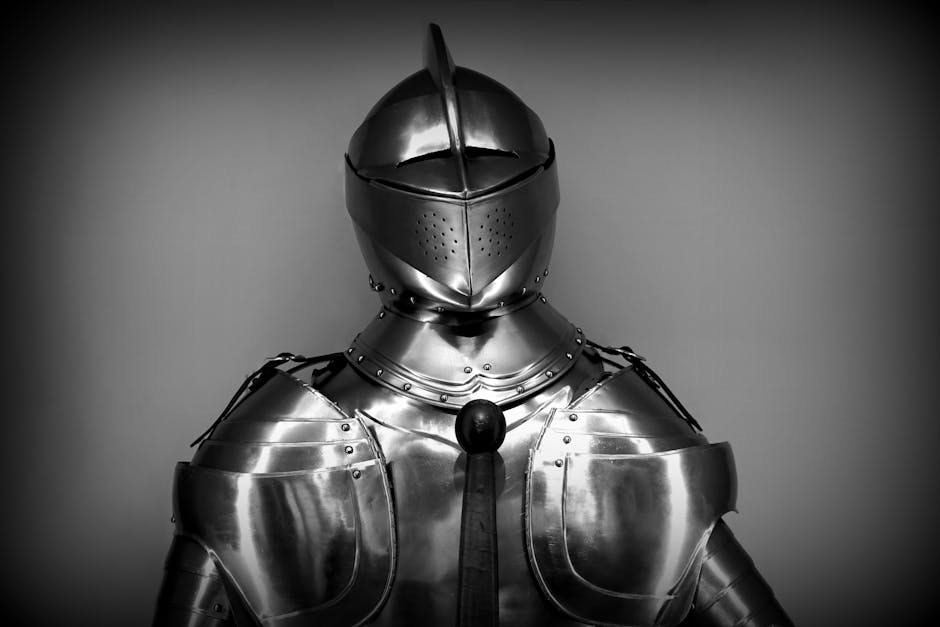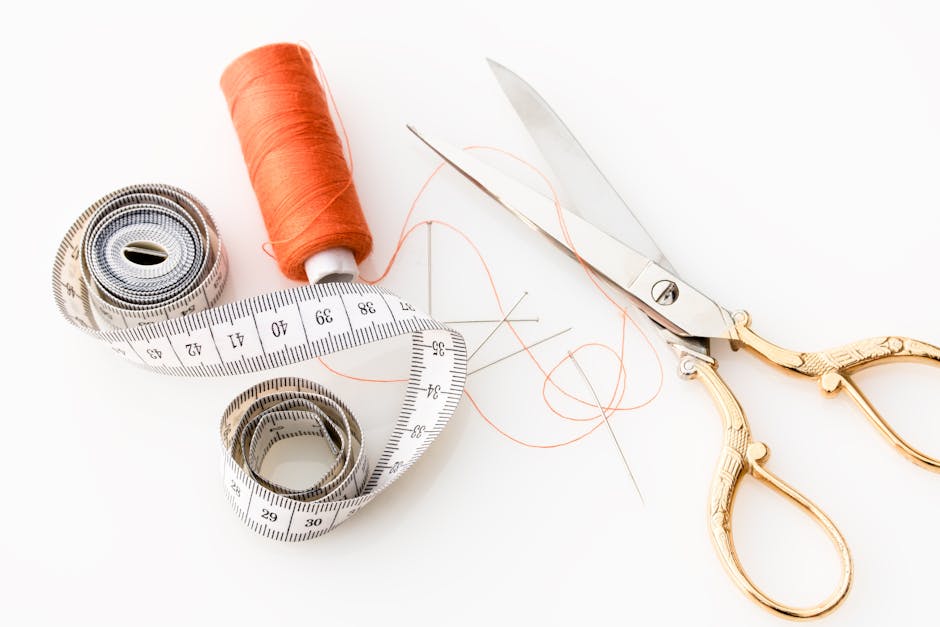Essential Trauma Shears and Tourniquet Holder Guide
In emergency and tactical situations, the right tools can be the difference between life and death. Among these critical tools are trauma shears and tourniquet holders, indispensable in the arsenal of medical professionals, emergency responders, and tactical units. These tools are designed to perform under pressure, ensuring that when seconds count, they deliver precise and reliable results. Trauma shears are engineered for cutting through tough materials like clothing, leather, and even seat belts, making them essential in quick-access emergency interventions. On the other hand, tourniquet holders provide a secure and easily accessible way to carry tourniquets, which are crucial for controlling severe bleeding.
The importance of these tools cannot be overstated. Trauma shears are crafted not just for cutting, but for cutting with precision and minimal effort, reducing the physical strain on the responder and speeding up the response time. Similarly, tourniquet holders are designed to keep tourniquets within reach, ensuring that they can be deployed in mere seconds. Whether it's a roadside accident, a natural disaster, or a tactical operation, having these tools at the ready can significantly improve the chances of a positive outcome.
Given their critical role, it's vital to choose high-quality, durable, and reliable tools that meet the demands of the field. For more information on selecting the right trauma shears and tourniquet holders, find out more.
Importance of Quality Trauma Shears
In the high-stakes environment of emergency response, the importance of quality trauma shears cannot be overstated. These shears are not just another tool; they are a lifeline in critical situations. Engineered for durability and precision, top-notch trauma shears are crafted to cut through a variety of materials swiftly and efficiently, from thick fabric and leather to metal wires and plastic restraints.
What sets quality trauma shears apart is their design and material composition. High-grade stainless steel blades offer superior cutting power and corrosion resistance, ensuring the shears remain sharp and functional even after extensive use. Ergonomic handles provide comfort and a secure grip, minimizing hand fatigue during prolonged operations. These features are crucial for healthcare providers, EMTs, and tactical professionals who rely on these tools during high-pressure situations.
Furthermore, quality trauma shears are designed with safety in mind. Blunt tips prevent accidental injuries when cutting close to the skin, which is particularly important when dealing with trauma patients. This attention to detail ensures that the shears perform effectively while maintaining the safety of both the patient and the professional.
The reliability of trauma shears is tested in every emergency scenario they are used in. With potential life-or-death outcomes hanging in the balance, only the best shears suffice. Investing in high-quality trauma shears is, therefore, not just a purchase but a commitment to excellence and preparedness in the face of adversity.
Features of an Ideal Tourniquet Holder

An ideal tourniquet holder is an essential component of any emergency responder's toolkit, providing quick and reliable access to life-saving equipment. When seconds count, the features of a top-notch holder can make all the difference between efficient intervention and critical delays.
One of the primary features of an ideal tourniquet holder is its durable construction. Made from high-strength materials such as ballistic nylon or reinforced polymers, these holders are designed to withstand harsh conditions and rigorous use. This durability ensures that the holder can protect the tourniquet from environmental factors while maintaining its accessibility.
Another crucial feature is the secure retention system. An effective holder must keep the tourniquet in place during dynamic movements yet allow for rapid deployment when needed. Features like adjustable straps, quick-release buckles, or hook-and-loop closures provide the necessary balance between security and accessibility.
Additionally, an ideal tourniquet holder is characterized by its versatile attachment options. Whether it is affixed to a belt, vest, or backpack, the holder should offer multiple mounting choices to suit different operational needs. Molle-compatible designs are particularly beneficial for tactical professionals who require customizable gear setups.
Lastly, visibility is a key consideration. High-contrast colors or reflective elements can help ensure the holder is easily located in low-light situations, further enhancing the responder's ability to act swiftly. Together, these features underscore the critical role a well-designed tourniquet holder plays in emergency preparedness and response.
Choosing the Right Tools for Emergencies

Selecting the right tools for emergencies is paramount for professionals who operate in high-stakes environments. Whether you are a healthcare provider, an EMT, or a tactical operator, having the appropriate equipment can mean the difference between life and death.
When choosing tools such as trauma shears and tourniquet holders, one must consider factors like durability, functionality, and ease of use. These tools should be crafted from high-quality materials that can withstand rigorous use and exposure to challenging conditions. For trauma shears, stainless steel is often preferred due to its resistance to corrosion and its ability to maintain sharpness over time. A well-engineered pair of shears ensures precision and clean cuts, which are critical in emergency scenarios.
Similarly, a reliable tourniquet holder must provide quick access and secure storage. It should feature a construction that supports rapid deployment while offering the flexibility to attach to various gear configurations. Compatibility with other equipment is also crucial, as it allows for seamless integration into existing emergency kits.
Furthermore, it's important to consider the tool's ergonomic design. Long shifts and demanding tasks require equipment that minimizes hand fatigue and maximizes comfort. Features like non-slip grips on shears or adjustable straps on holders can enhance usability and performance.
Ultimately, the right emergency tools are those that combine quality craftsmanship with thoughtful design, empowering responders to execute their duties effectively. By investing in such equipment, professionals are better prepared to handle the unpredictable nature of emergencies with confidence and agility.
Maintaining Your Trauma Shears and Holder

Proper maintenance of your trauma shears and holder is essential to ensure their longevity and performance. These tools are an investment in your ability to respond effectively in emergency situations, and regular upkeep will help you maintain their reliability.
**Trauma shears**, crafted for durability and precision, require regular cleaning and inspection. After each use, it is advisable to clean the shears with a mild disinfectant solution to remove any biological material. This not only keeps them hygienic but also prevents corrosion, especially if the shears are made from metals prone to rust. Dry them thoroughly to prevent water spots and degradation of metal surfaces.
In addition to cleaning, periodic sharpening is crucial to maintain the shears' cutting efficiency. Using a sharpening tool specifically designed for medical scissors will help keep the blades in optimal condition, ensuring they deliver clean cuts without snagging.
For the **tourniquet holder**, regular checks are necessary to ensure it remains functional and secure. Inspect the seams and attachments for any signs of wear or damage, as these can compromise the holder's ability to retain the tourniquet securely. Cleaning the holder with a damp cloth and allowing it to air dry will help maintain its appearance and functionality.
Storage also plays a vital role in maintenance. Keep both the shears and holder in a dry, cool place away from direct sunlight, which can degrade certain materials over time. By prioritizing maintenance, you extend the life of your equipment, ensuring it's always ready for action when you need it most.
Conclusion on Essential Medical Tools

In the realm of medical and emergency response, the significance of having reliable and efficient tools like trauma shears and tourniquet holders cannot be overstated. These essential tools empower professionals to perform their duties with precision and confidence, particularly in high-stakes situations where every second counts. From cutting through tough materials to securing a tourniquet in place, these instruments play a pivotal role in saving lives.
Throughout this guide, we've explored the critical features and maintenance of these tools, emphasizing their importance in the toolkit of medical personnel, EMTs, law enforcement, and military operatives. Understanding their functionality and ensuring they are well-maintained guarantees that they will perform reliably when needed most.
Investing in high-quality trauma shears and holders designed for durability and precision is a commitment to safety and effectiveness in the field. At ONE SHEAR®, we are dedicated to providing tools that meet the rigorous demands of those who save lives. Our shears and holders are engineered to exceed expectations, offering the reliability you can trust.
Discover more about our premium offerings and how they can serve your professional needs. For further information and to explore our full range of products, visit our website at www.oneshear.com.





